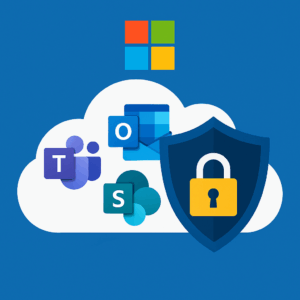Modern banking relies heavily on technology, making it a prime target for cybercriminals. This article delves into the latest threats, from sophisticated phishing campaigns to ransomware attacks. Understanding these threats is crucial for developing effective security strategies. We’ll examine the tactics used by attackers and how to recognize potential vulnerabilities. Beyond the immediate threat, the evolving regulatory landscape plays a significant role in shaping cybersecurity strategies. Compliance with regulations like GDPR and CCPA is paramount. This article will explore the implications of these regulations and how they impact the security posture of financial institutions. We’ll also discuss the importance of proactive security measures. Implementing robust security measures is not just about technology; it’s about people. Employee training and awareness programs are essential components of a comprehensive security strategy. This article will highlight the importance of educating employees about phishing attempts, social engineering tactics, and other potential threats. We’ll also discuss the role of security awareness training in reducing the risk of human error.
Auditors Keep Finding Breaches in Microsoft 365 Defaults — Here’s How to Fix Them
Microsoft 365 Security Auditors Keep Finding Breaches in Microsoft 365 Defaults — Here’s How to






